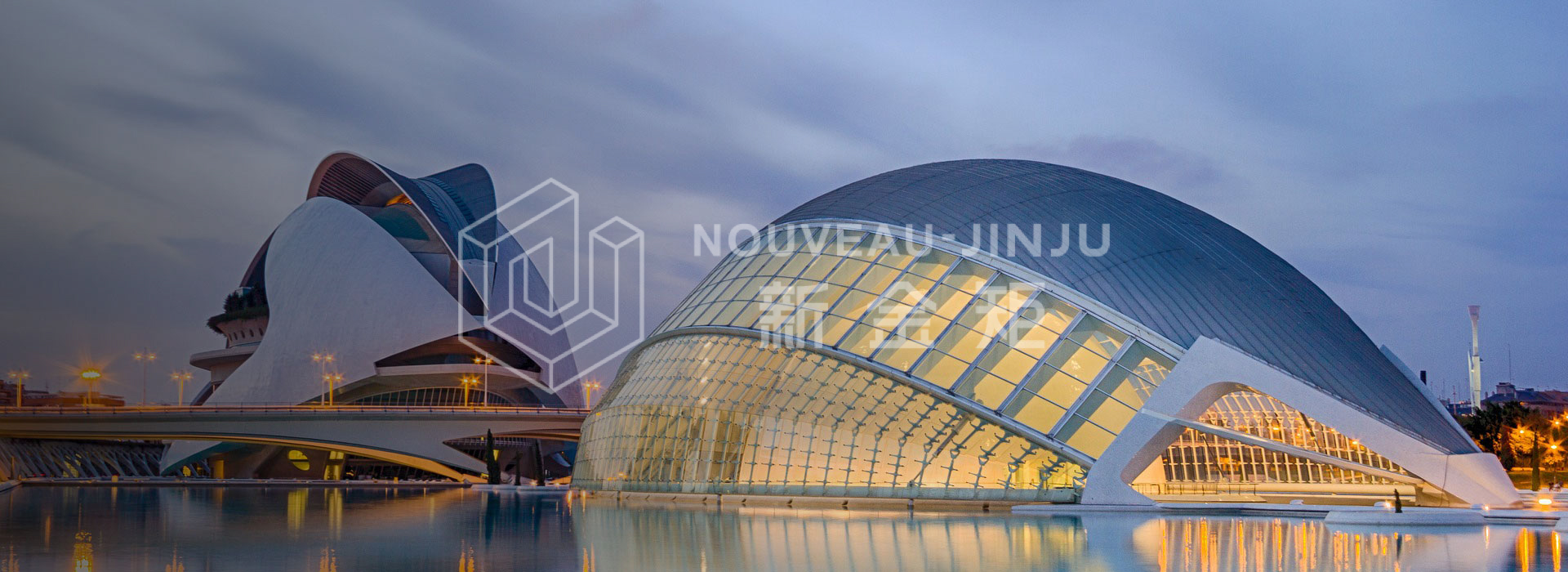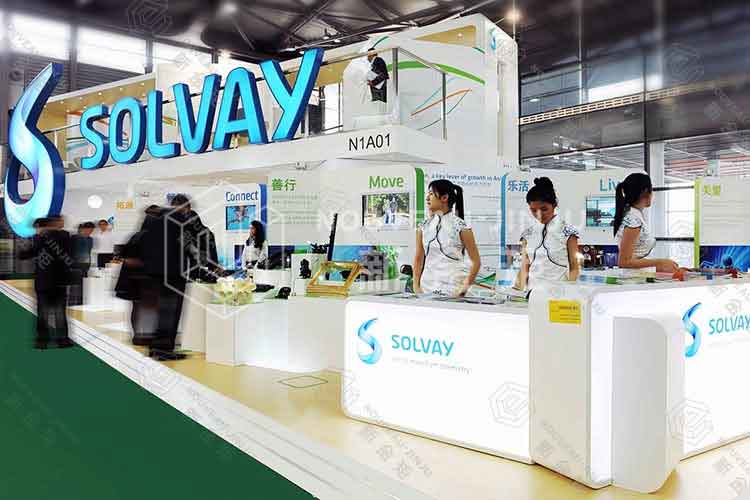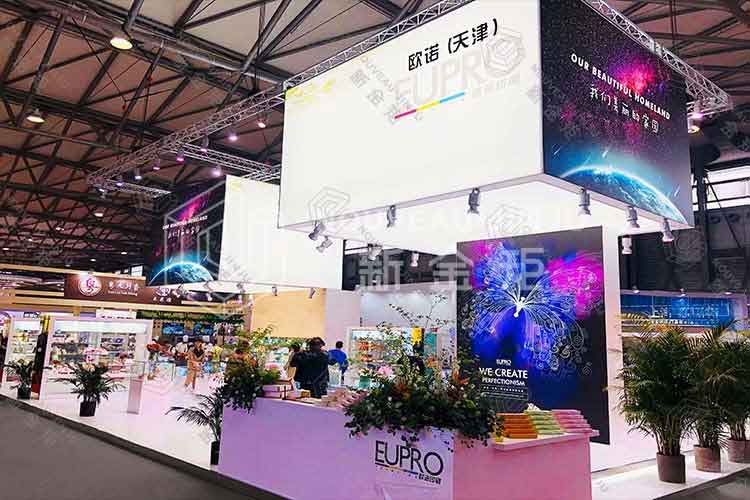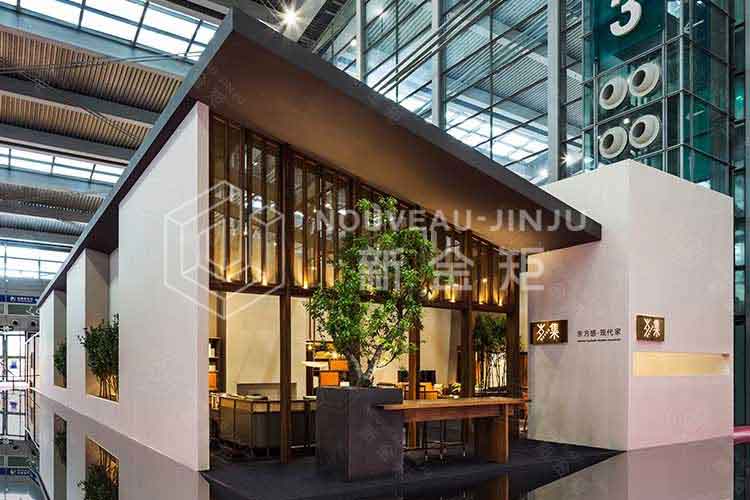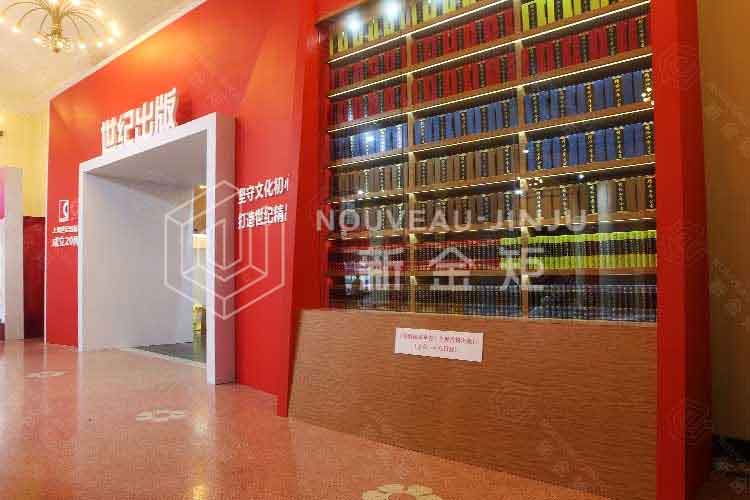
-
Position: 首页 > NEWS CENTER > Industry trends
Customized prices for booth construction in the UK
Booth construction is a professional service that involves multiple stages such as creative design,engineering construction,material procurement,logistics transportation,and on-site construction.The requirements of different exhibitions,customer needs and budgets,as well as the location and size of exhibition booths,will all affect the final customized price.Therefore,providing a specific price range without considering these factors is inaccurate.
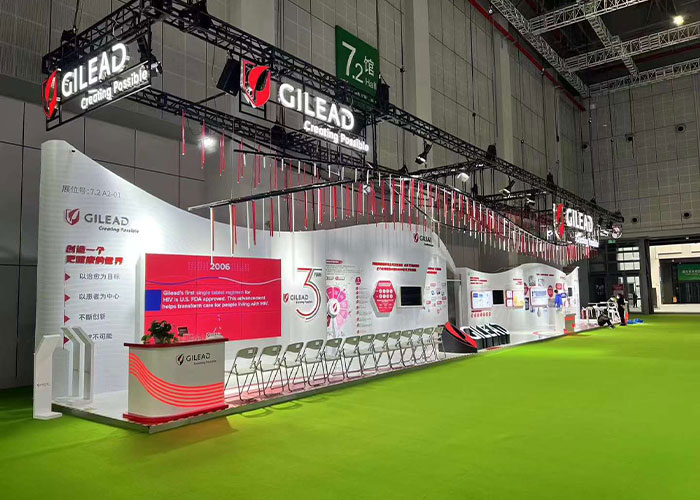
1.Booth design:A unique and attractive design often requires higher costs.The design cost may vary depending on the complexity and creativity of the design,and sometimes the design cost may account for a considerable proportion of the entire construction cost.
2.Material cost:Booths that use high-quality or special materials(such as sustainable materials,high-end decorative materials)typically have higher costs.In addition,the transportation and handling of materials will also increase costs.
3.Construction complexity:If the booth design is complex and requires special structures or high-tech display systems,the construction cost will correspondingly increase.
4.Location:Labor and material costs may vary in different regions of the UK,which can affect the overall cost of booth construction.In addition,if the booth needs to be built outside the UK,transportation and logistics costs will also significantly increase.
5.Scale:The size of the booth directly affects the demand for materials and labor,so the larger the scale,the higher the cost usually.
6.Additional services:including multimedia equipment rental,power management,lighting and sound systems,video production,and service personnel during exhibitions.These services will incur additional fees.
7.Time factor:Urgent deadlines may require overtime and expedited services,which can increase overall costs.
8.Construction and Demolition Time:If booth construction and demolition need to be carried out during non working hours,it may incur additional labor costs.
In summary,the customized prices for booth construction in the UK are influenced by various factors,including design creativity,material selection,construction difficulty,geographical location,scale,and additional services.Each project is unique,so it is difficult to provide an accurate price range without specific project information.The best way to obtain accurate quotations is to communicate with a professional booth construction company,provide detailed requirements,and obtain customized quotations.This not only ensures that the booth can meet specific needs,but also controls costs within the budget.
Layout required for booth construction in the UK
The layout design of the booth is one of the key factors to ensure the success of the exhibition.An effective booth layout can not only attract audiences,but also enhance brand image and promote product or service promotion.When building a booth in the UK,the layout elements that need to be considered include streamline design,functional area division,brand display,interactive experience,and on-site management.The following are detailed points of discussion:
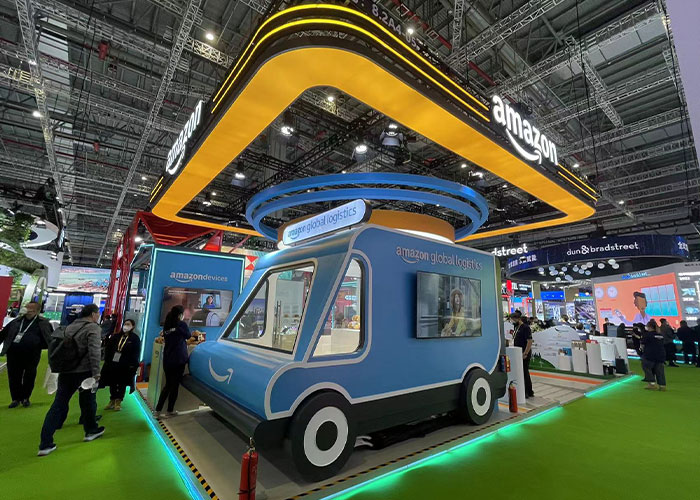
1.Streamline design:Reasonable pedestrian flow design can guide visitors to enter and leave the exhibition booth smoothly,avoiding congestion.This usually means having clear entrances and exits,as well as sufficient space for people to move and communicate.
2.Functional area division:The interior of the booth usually needs to be divided into different functional areas such as reception area,exhibition area,negotiation area,storage area,etc.The layout and size of each area should be reasonably planned based on actual needs and the overall space of the exhibition booth.
3.Brand display:The booth layout should highlight brand elements,such as logos,colors,and visual identification systems(VIS).These elements should be cleverly integrated into the overall design to ensure consistency and recognition of the brand image.
4.Product display:The product display area should be the focus of the booth,and the layout design should ensure that the products can be easily seen and experienced.At the same time,the display methods should be diverse,such as using display racks,cabinets,hanging walls,etc.
5.Interactive experience:Interactive elements such as touch screens,VR experiences,on-site demonstrations,etc.should be considered to increase visitor engagement and interest.
6.Technology integration:In modern booth design,the integration of technologies such as LED screens,flat panel displays,and audio systems is common.These technologies should be cleverly integrated into the layout,allowing them to function without appearing abrupt.
7.Lighting design:Good lighting design can highlight the key areas of the booth and create a suitable atmosphere.Different types of lighting should be used to emphasize specific parts of the product or booth.
8.On site management:The layout should consider the work efficiency of on-site personnel to ensure sufficient space for on-site management and maintenance activities.
In summary,the layout design of UK booths should comprehensively consider factors such as pedestrian flow,functionality,brand display,product display,interactive experience,technology application,lighting effects,and on-site management.An excellent booth layout can not only enhance user experience,but also effectively convey brand information and promote the achievement of business goals.To achieve the best results,it is usually necessary to collaborate with professional booth designers who can provide personalized and functional design solutions based on brand characteristics and exhibition requirements.
What are the considerations for the design of exhibition hall space?
In display design,according to the different display content and site conditions,display spaces can be divided into three types:regular display spaces,circular display spaces,and special display spaces.Regardless of the type,designers need to divide the space reasonably,organize points,lines,surfaces,and blocks,create a sense of rhythm,beauty,and logic,in order to more accurately convey information.Next,we will introduce the characteristics and design points of these three display spaces.
1.Regular display space
Faced with conventional display spaces,they can usually be divided using horizontal or vertical thinking methods.Horizontally refers to adding partitions in the display space,such as hangers,display boards,partition walls,display cabinets,etc.,to a certain extent blocking the line of sight,allowing viewers to move according to the story line connected by the designer,and maintaining the richness of information in the entire space.
Vertical design aims to maintain transparency and depth in the display space,making the space more grand and dignified.Visitors can see the displayed content from a distance,playing a prominent role.
Regardless of the method used,designers need to divide the space reasonably,organize points,lines,surfaces,and blocks,create a sense of rhythm,beauty,and logic,in order to more accurately convey information.
2.Arc-shaped display space
Circles or arcs give people a feeling of fullness,softness,and roundness,and designers can create spaces composed of any curve.
3.Special display space
Special exhibition spaces can be divided into two types:those located on the exhibition hall carrier,which are special and irregular.The stability issue can be solved by dividing special spaces into regular geometric shapes,and considering how to integrate the display space into the architectural environment.
The exhibition hall features a sunken dry dock as the display space,and different exhibition areas are divided according to the display content.The war themed exhibition area adopts a very narrow space to highlight the oppressive atmosphere of war;And broader and more open spaces are used to reflect themes such as the openness and globalization of the ocean.
In summary,in display design,display spaces can be divided into three types based on the different display content and site conditions:conventional display spaces,curved display spaces,and special display spaces.Regardless of the type,designers need to divide the space reasonably,organize points,lines,surfaces,and blocks,create a sense of rhythm,beauty,and logic,in order to more accurately convey information.
Installation Art in Exhibition Hall Design
Installation art is a comprehensive art form that artistically selects,utilizes,transforms,and combines materials,forms,and emotions in specific time and space environments to showcase the rich spiritual and cultural connotations of individuals or groups.
Installation art is a comprehensive art form that artistically selects,utilizes,transforms,and combines materials,forms,and emotions in specific time and space environments to showcase the rich spiritual and cultural connotations of individuals or groups.
The types of devices can be distinguished from static devices,visual illusion devices,mechanical devices,digital multimedia devices,lighting devices,etc.in terms of materials and forms.Different devices can carry different contents.For digital exhibition halls,clever use of different art installations can enhance the artistic sense of the exhibition hall and increase the display atmosphere.
The characteristic of installation art is to use very special forms to attract people's attention and resonate widely,thus forming an intangible communication with viewers.
By fully utilizing modern advanced technologies such as multimedia art,movies,optoelectronics,etc.,installation art can highlight its huge effects in special scenes such as urban landscape design,allowing viewers to perceive the different feelings that installation art brings to them from different perspectives.In addition to strong visual impact,there are also various spatial perceptions such as hearing,taste,and mind.
The role of installation art is that modern landscape installation art not only diversifies its own expressive techniques,but also emphasizes emotional interaction with people,elevating their emotions and creating interaction between viewers and the surrounding environment,bringing people closer to the environment and making the surrounding environment no longer unfamiliar.

